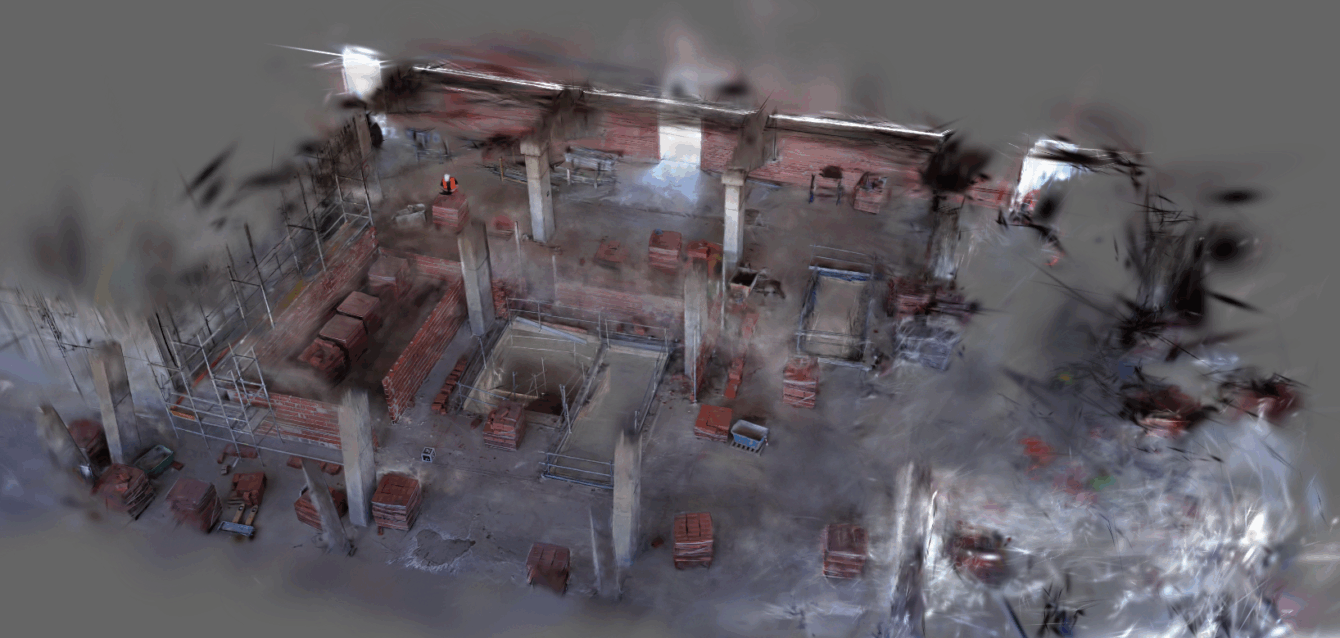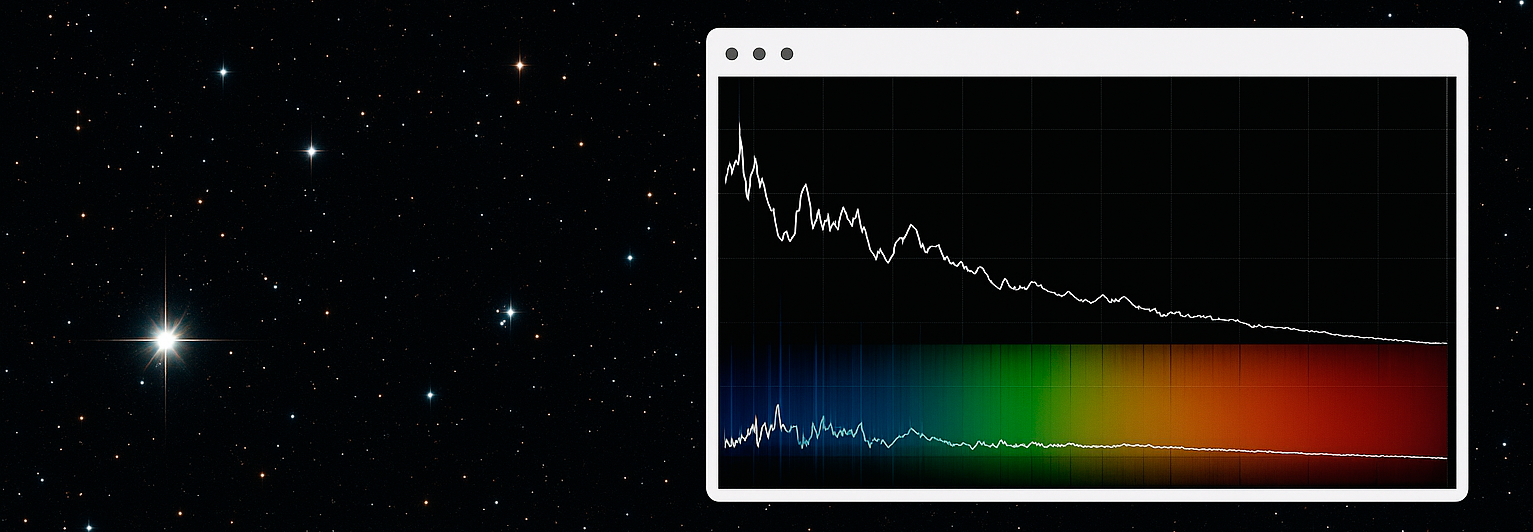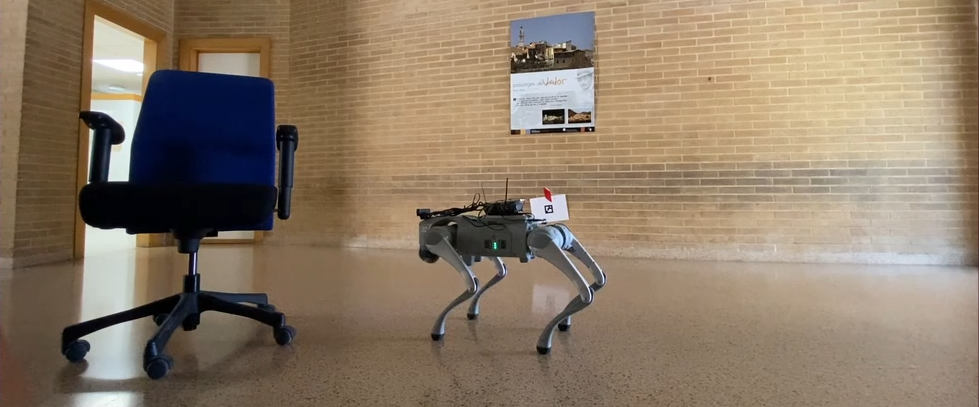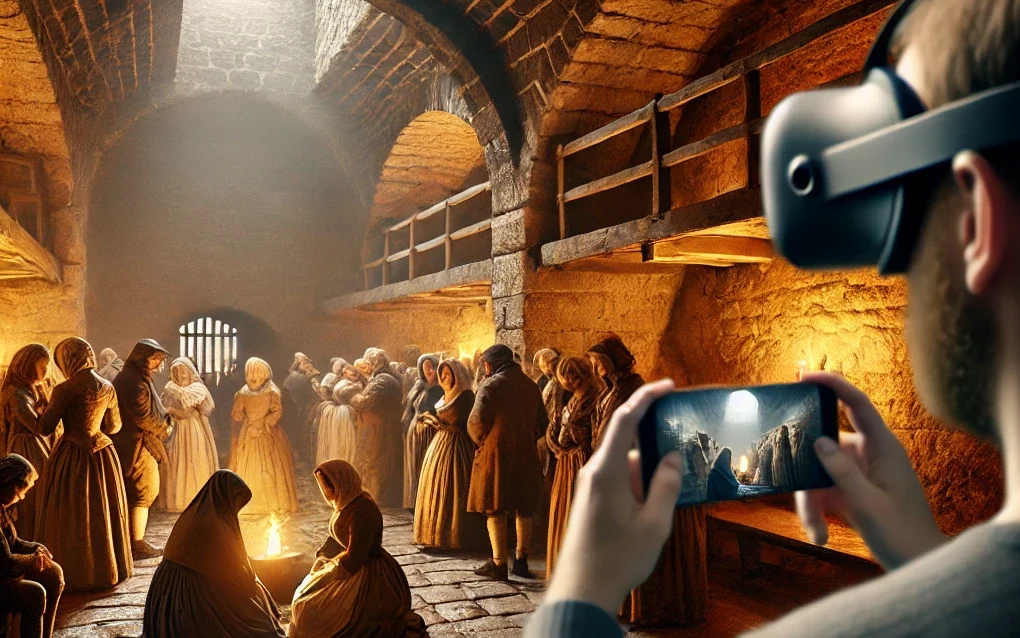La diabetes mellitus es una enfermedad metabólica crónica que ha aumentado notablemente su prevalencia en España, generando importantes complicaciones como la retinopatía diabética (RD), principal causa de ceguera en edad laboral. El diagnóstico precoz de la RD es esencial, ya que…
Meebai: Una metodología para la educación consciente de las emociones basada en la inteligencia artificial
The overall objective of this project is to advance the transition towards “intelligent” learning in order to optimize teaching, not only distance learning but also face-to-face and hybrid learning.
CYPE: Smart construction manager
This project aims to digitize the construction process from its earliest stages to its final stages. We have developed 3D reconstruction techniques for VR that allow the progress of the work to be verified.
Spectroscopic Analysis and Recognition Techniques with Optimization through Artificial Intelligence
The project proposes an in-depth exploration of advanced machine learning techniques for the automated classification of stellar spectra, aiming to significantly reduce computation time compared to current methods used by Astro+. Beyond improving efficiency, the project envisions the development of models capable of directly determining stellar parameters through deep learning, eliminating the need for manual model fitting. This approach would represent a major step toward fully automated and more efficient spectroscopic analysis.
CENID: Analysis of perceived urban safety in the neighborhoods of Alicante
The project aims to identify the key factors influencing the perception of urban safety in selected neighborhoods of Alicante by analyzing elements such as lighting quality, graffiti, population density, and other relevant indicators. Through the use of artificial intelligence and video analysis tools, it seeks to create an objective, data-driven diagnostic that maps urban conditions affecting perceived safety.
Synergy: Development of a set of tools capable of running on the Unitree GO2 robot, encompassing mapping, autonomous navigation, and object and person recognition
It is intended to develop a set of tools, capable of running on the Unitree Go2 robot, that include mapping, autonomous navigation, and object and person recognition. The developed software will feature a simple interface so that non-expert personnel can use it.
Digital Twins for early detection of signs of cognitive decline and personalised care using fair and explainable AI techniques
The project aims to create a digital twin that models the cognitive state of older adults to improve their well-being through applications for early detection, monitoring, and personalized assistance against cognitive decline.
CENID: Patrimonio virtual: explorando los castillos de Alicante y la historia del pueblo gitano.
Este proyecto busca visibilizar este hecho histórico mediante una aplicación de realidad virtual (RV) que recree los acontecimientos de La Gran Redada relacionados con los castillos de Santa Bárbara y Denia. Este enfoque innovador combina educación, tecnología y promoción del patrimonio…
PHACEIT: PHobia and Autistic Care Environment inside an Immersive Training system
Our hypothesis is that an assistance system for people with some kind of disability or phobia must be able to adapt to the particularities of each individual. Until now, most of the systems focused on these people did not allow this adaptation. To test our system we will use two scenarios: people with autism spectrum disorder (ASD) and people with phobias. In addition to the fact that the system will have to be able to adapt to each group, since their characteristics are different, it will also have to adapt to each individual. For example, within ASD there are different degrees and within each degree each individual may have different needs. It should be noted that there are many different types of phobias and in this project we will focus on specific social phobias (phobias generated in specific social situations, such as public speaking (glossophobia), working with a work group, sharing a working lunch, etc.).








